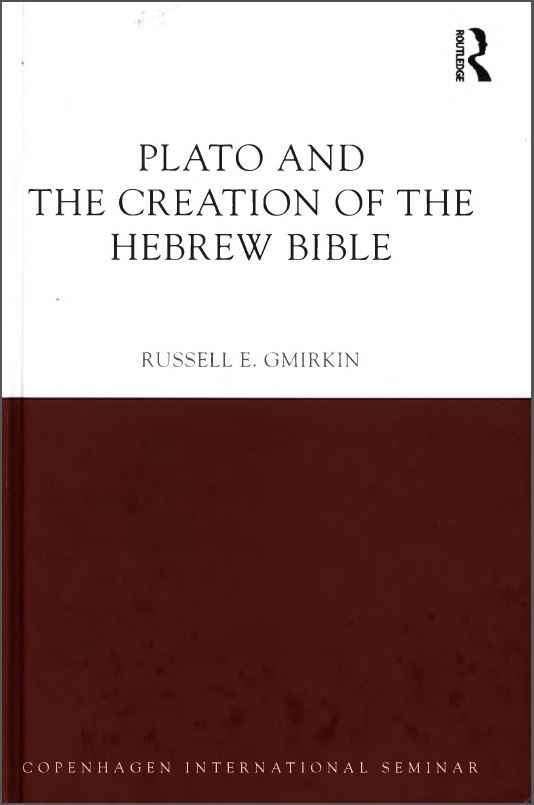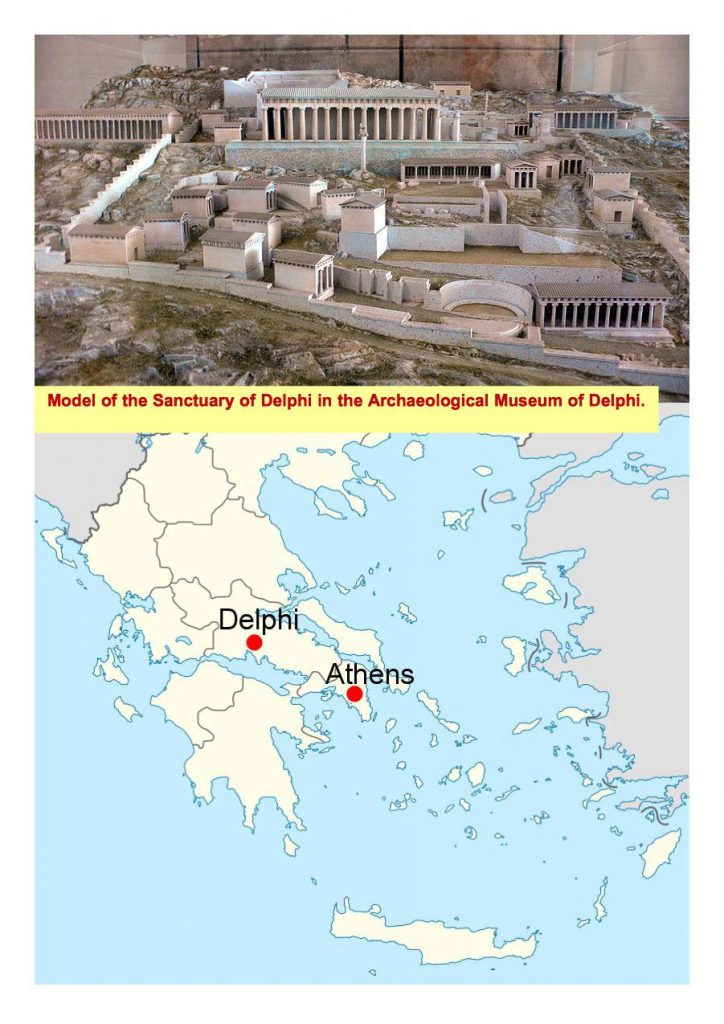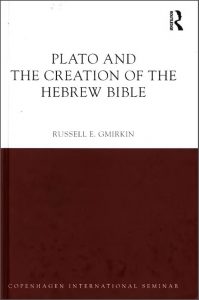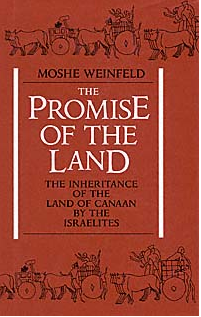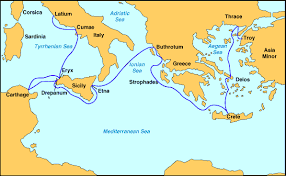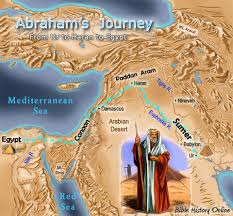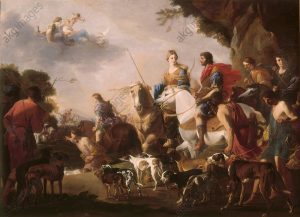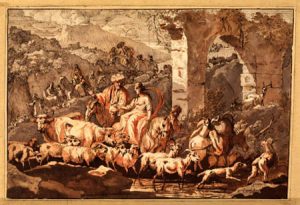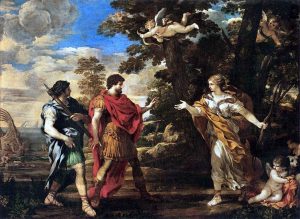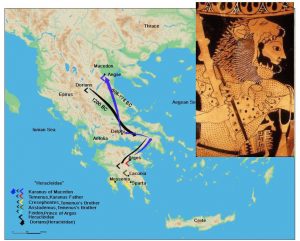As per the previous posts, the table here is a simplified summary of some of the points Russell Gmirkin discusses in Plato and the Creation of the Hebrew Bible. It is far from being a complete representation of his discussion. It is best read as an easy reference guide in conjunction with the detail covered in the book. The table is only a starting guide: it will be expanded and modified as the details of laws are further explored. I expect to do a few more similar tables for other types of laws. (Still putting on hold the discussion of the final chapter of Plato and the Creation of the Hebrew Bible as I backtrack to sections I covered too briefly earlier or inadvertently omitted altogether.)
ANE = Ancient Near Eastern laws
Greece/Plato = Laws as implemented in Athens and/or Laws presented as ideals by Plato in Laws
Property Crimes and Agricultural Law |
Bible |
ANE |
Greece/Plato |
Laws against trespassExodus 22:5-6 If anyone grazes their livestock in a field or vineyard and lets them stray and they graze in someone else’s field, the offender must make restitution from the best of their own field or vineyard. If a fire breaks out and spreads into thornbushes so that it burns shocks of grain or standing grain or the whole field, the one who started the fire must make restitution. Laws of Hammurabi 57-58 57 If a shepherd does not make an agreement with the owner of the field to graze sheep and goats, and without the permission of the owner of the field grazes sheep and goats on the field, the owner of the field shall harvest his field and the shepherd who grazed sheep and goats on the field without the permission of the owner of the field shall give in addition 6,000 silas of grain per 18 ikus (of field) to the owner of the field. 58 If, after the sheep and goats come up from the common irrigated area when the pennants announcing the termination of pasturing are wound around the main city-gate, the shepherd releases the sheep and goats into a field and allows the sheep and goats to graze in the field—the shepherd shall guard the field in which he allowed them to graze and at the harvest he shall measure and deliver to the owner of the field 18,000 silas of grain per 18 ikus (of field). Hittite Law 105-6 105 [If] anyone sets [fire] to a field, and the fire catches a vineyard with fruit on its vines, if a vine, an apple tree, a pear(?) tree or a plum tree burns, he shall pay 6 shekels of silver for each tree. He shall replant [the planting], And he shall look to his house for it. If it is a slave, he shall pay 3 shekels of silver for each tree. 106 If anyone carries embers into his field, catches(??) it while in fruit, and ignites the field, he who sets the fire shall himself take the burnt-over field. He shall give a good field to the owner of the burnt-over field, and he will reap it. Plato, Laws 843 c-e [843c] Wherefore every neighbor must guard most carefully against doing any unfriendly act to his neighbor, and must above all things take special care always not to encroach in the least degree on his land; for whereas it is an easy thing and open to anyone to do an injury, to do a benefit is by no means open to everyone. Whosoever encroaches on his neighbor’s ground, overstepping the boundaries, shall pay for the damage; and, by way of cure for his shamelessness [843d] and incivility, he shall also pay out to the injured party twice the cost of the damage. In all such matters the land-stewards shall act as inspectors, judges and valuers,—the whole staff of the district, as we have said above, in respect of the more important cases, and, in respect of the less important, those of them who are “phrourarchs.” [The “phrourarchs” were the (5) officers of the (60) country police.] If anyone encroaches on pasture-land, these officials shall inspect the damage, and decide and assess it. And if any, yielding to his taste for bees, [843e] secures for himself another man’s swarm by attracting them with the rattling of pans, he shall pay for the damage. And if a man, in burning his own stuff, fails to have a care for that of his neighbor, he shall be fined in a fine fixed by the officials. So too if a man, when planting trees, fail to leave the due space between them and his neighbor’s plot: this has been adequately stated by many lawgivers, whose laws we should make use of, instead of requiring the Chief Organizer of the State to legislate about all the numerous small details which are within the competence of any chance lawgiver. |
✓ | ✓ | ✓ |
Allowing passers-by to eat produce from a fieldDeuteronomy 23:24-25 If you enter your neighbor’s vineyard, you may eat all the grapes you want, but do not put any in your basket. If you enter your neighbor’s grainfield, you may pick kernels with your hands, but you must not put a sickle to their standing grain. Leviticus 19:9-10; 23:22 When you reap the harvest of your land, do not reap to the very edges of your field or gather the gleanings of your harvest. Do not go over your vineyard a second time or pick up the grapes that have fallen. Leave them for the poor and the foreigner. I am the Lord your God. When you reap the harvest of your land, do not reap to the very edges of your field or gather the gleanings of your harvest. Leave them for the poor and for the foreigner residing among you. I am the Lord your God.
Plato, Laws, 844d-845d [844d] As concerns the fruit-harvest, the rule of sharing for all shall be this—this goddess has bestowed on us two gifts, one the plaything of Dionysus which goes unstored, the other produced by nature for putting in store. So let this law be enacted concerning the fruit-harvest:. . . . . If a foreigner sojourning in the country desires to eat of the crop as he passes along the road, he, with one attendant, [845b] shall, if he wishes, take some of the choice fruit with-out price, as a gift of hospitality; but the law shall forbid our foreigners to share in the so-called “coarse” fruit, and the like; . . . . A foreigner shall be allowed to share in these fruits in the same way as in the grape crop; and if a man above thirty touch them, eating on the spot and not taking any away, he shall have a share in all such fruits, like the foreigner; . . . . |
✓ | X | ✓ |
Moving boundary stonesDeuteronomy 19:14 Do not move your neighbor’s boundary stone set up by your predecessors in the inheritance you receive in the land the Lord your God is giving you to possess. Deuteronomy 27:17 “Cursed is anyone who moves their neighbor’s boundary stone.” Then all the people shall say, “Amen!” Plato, Laws, 842e – 843 a-b [842e] First, then, let there be a code of laws termed “agricultural.” The first law—that of Zeus the Boundary-god—shall be stated thus: No man shall move boundary-marks of land, whether they be those of a neighbor who is a native citizen or those of a foreigner [843a] (in case he holds adjoining land on a frontier), realizing that to do this is truly to be guilty of “moving the sacrosanct”; sooner let a man try to move the largest rock which is not a boundary-mark than a small stone which forms a boundary, sanctioned by Heaven, between friendly and hostile ground. For of the one kind Zeus the Clansmen’s god is witness, of the other Zeus the Strangers’ god; which gods, when aroused, bring wars most deadly. He that obeys the law shall not suffer the evils which it inflicts; but whoso despises it shall be liable to a double penalty, the first from the hand of Heaven, the second from the law. No one shall [843b] voluntarily move the boundary-marks of the land of neighbors: if any man shall move them, whosoever wishes shall report him to the land-holders, and they shall bring him to the law court. And if a man be convicted,—since by such an act the convicted man is secretly and violently merging lands in one,—the court shall estimate what the loser must suffer or pay. Further, many small wrongs are done against neighbors which, owing to their frequent repetition, engender an immense amount of enmity, and make of neighborhood a grievous and bitter thing. Gmirkin, pp. 119f
|
✓ | X | ✓ |

